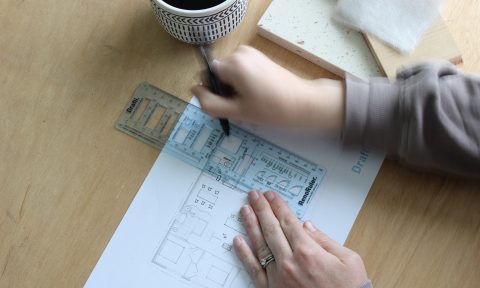With renovation TV shows such as The Block and House Rules becoming family favourites across the nation, many property investors are getting the renovation bug and are considering whether they too should do some renovation work to their investment properties.
Although it is widely known that undertaking renovations will add value to an investment properties and potentially increase rental yields, investors are often unaware of the additional tax deductions available though depreciation.
The Australian Taxation Office (ATO) allows property investors to claim a deduction due to the wear and tear of a building structure and its fixtures over time. This claim is called depreciation. Though investors can claim depreciation on any income-producing property, it is particularly important to claim depreciation during a renovation.
Assets removed during a renovation project can be worth thousands of dollars, and replacing them can be expensive. It makes financial sense to take full advantage of the tax depreciation deductions available.
For investment property owners thinking about renovating, here are some of our top tips:
Arrange a tax depreciation schedule before starting any work
Renovations can provide significant deductions over and above those received during a normal depreciation claim. This is because the owner may be entitled to claim a deduction for any depreciable assets that are removed and disposed of during a renovation. This process, called ‘scrapping’, allows investors to claim the remaining depreciable value of items removed from a property as a tax deduction in the year the item is scrapped.
Install new assets that maximise future deductions
When an owner is deciding which parts of their investment property to renovate, they should consider the depreciation deductions that will become available once new items have been installed. Choosing which assets to use when renovating can make a substantial difference to the deductions the owner receives in future tax returns. This is because the depreciation for each asset is calculated based on its individual effective life as set by the ATO.
Arrange a tax depreciation schedule after work is completed
After a renovation has been completed, a second tax depreciation schedule should be prepared. The schedule should show any removed assets identified in the original schedule and the remaining depreciable amount that can be claimed for these items as an immediate deduction.
The new schedule should also detail the depreciation deductions available for all newly installed plant and equipment assets or capital works expenditure as well as the depreciation deductions for any original assets remaining for the life of the property (40 years).
Consult with a credible provider of tax depreciation schedules
No matter what asset an owner is considering improving, it is worthwhile contacting a quantity surveyor for obligation-free advice on the property’s depreciation potential pre and post-renovation.
– Bradley Beer is the managing director of BMT Tax Depreciation, a depreciation expert with over 15 years’ property and depreciation experience.










